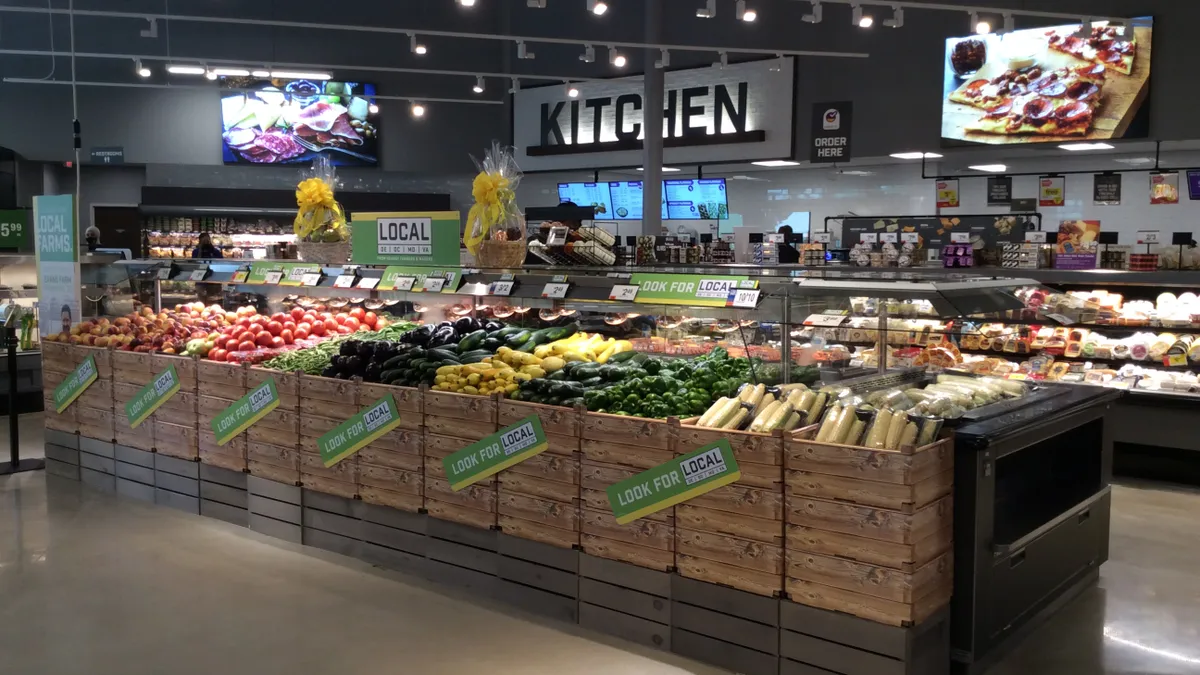Dive Brief:
- Grocery sales slipped in August, recording a decline of 1.6% compared with their level in July, according to estimated data released Wednesday by the U.S. Census Bureau. Overall retail sales in August were up 0.6% over July.
- Spending at grocery stores remains sharply higher than it was a year ago. Sales in August were 9% above the level they posted in August 2019, a reflection of the enduring effect of the pandemic on people’s spending on food and other necessities.
- Frozen foods remain a top sales driver for supermarkets, a position the category has held throughout the pandemic. Sales of frozen items were up 17.4% during the week that ended Aug. 30 compared with the same period in 2019 even as overall grocery store sales posted a year-over-year gain of just 2%, according to data distributed by 210 Analytics and IRI.
Dive Insight:
The latest figures from the Census Bureau are another indication that the surge in grocery sales that defined the early weeks of the pandemic has given way to a calmer pattern as consumers direct more of their food-related spending to other types of businesses.
Sales at grocery stores lost momentum in August even as food prices rose faster than the Consumer Price Index.
Grocery stores essentially stood alone on the retail landscape as the coronavirus crisis seized the nation, with sales rising nearly 27% in March compared with the same month in 2019 even as retail sales across the board plunged nearly 9%.
But since stock-up shopping behaviors began cooling off in the spring and consumers seek out more discretionary purchases, food retailers have lagged behind others in the retail space in their monthly growth even as grocery industry sales have remained well above their 2019 levels. A reduction in unemployment benefits this summer has also cut into consumer spending across retail segments.

The latest financial results from Kroger, which runs the nation’s largest fleet of dedicated grocery stores, reflect the Census Bureau’s statistics. Kroger said comparable stores sales grew 14.6% in the second quarter, down from 19% in the previous quarter, while revenue and earnings per share also rose at a slower year-over-year rate.
Frozen food, seafood and cleaning supplies led the way for grocers as August ended, IRI and 210 Analytics reported. Those grocery categories were the only ones to see sales increase by double digits year-over-year during the week that ended Aug. 30.
Within the frozen category, frozen meals claimed the largest share of sales, followed closely by frozen meat, poultry and seafood. Assortment levels of frozen fruit, breakfast items and pizza all fell by at least 10% during the week compared with the same period in 2019, while levels of frozen juices, desserts and meat all rose.













